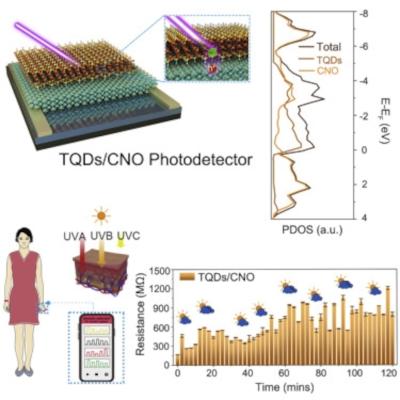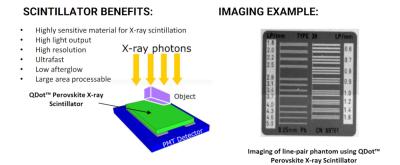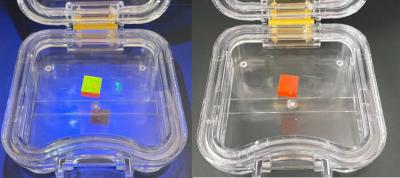Researchers use perovskite and quantum dots to build an ultraviolet radiation measurement device
A team of researchers from China's Chinese Academy of Sciences (CAS), Jilin University and Beijing Institute of Technology, has used perovskite and quantum dots to build an ultraviolet radiation measurement device.
Measuring the intensity of ultraviolet light in outdoor conditions is important because more intense UV light can lead to faster sunburns and potentially to skin cancer in later years. In this new study, the researchers built a wearable device that can measure ultraviolet radiation in real-time and send the information to a smartphone.




